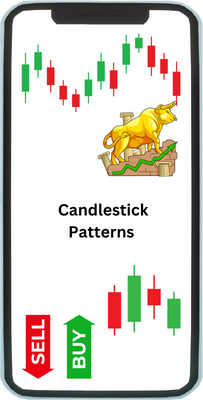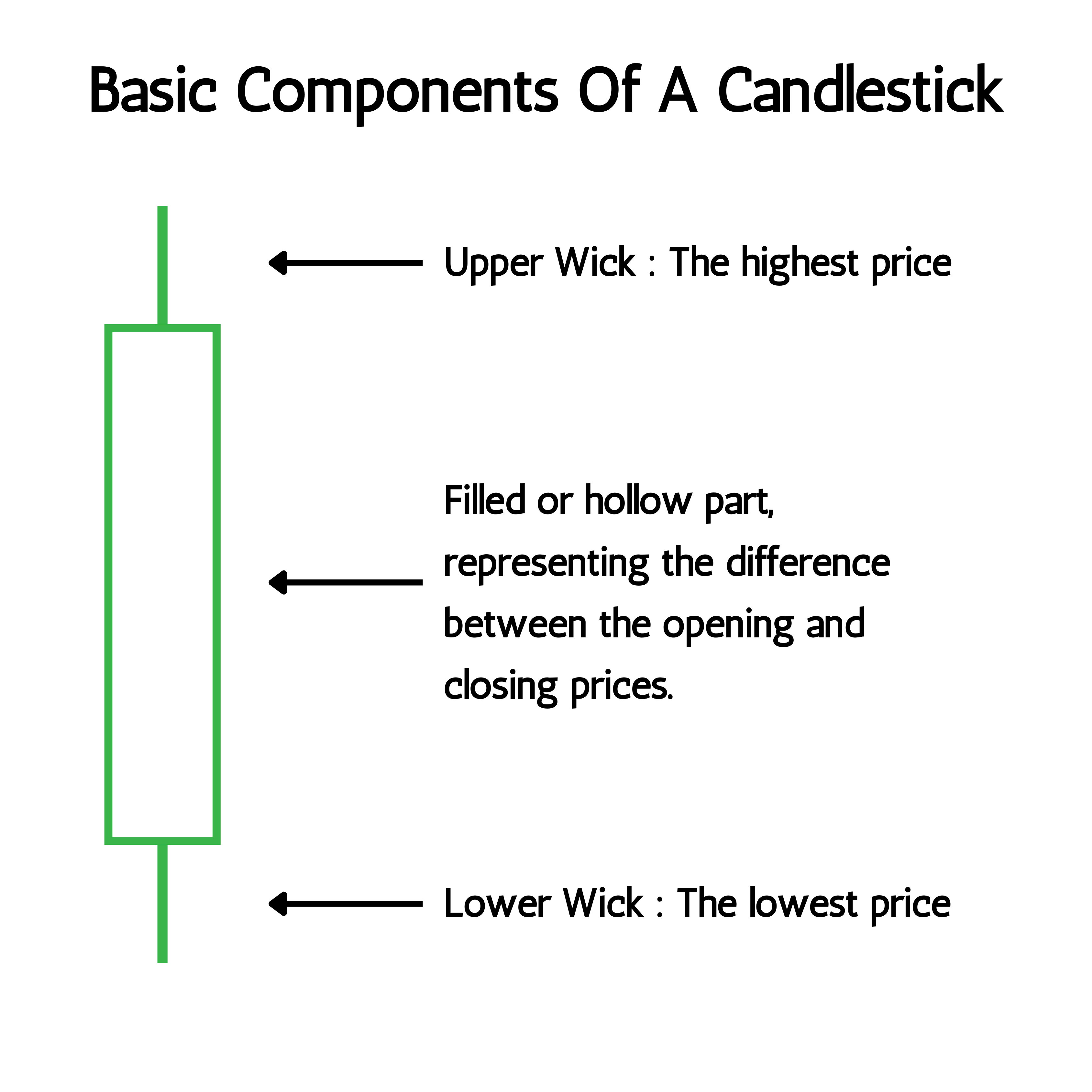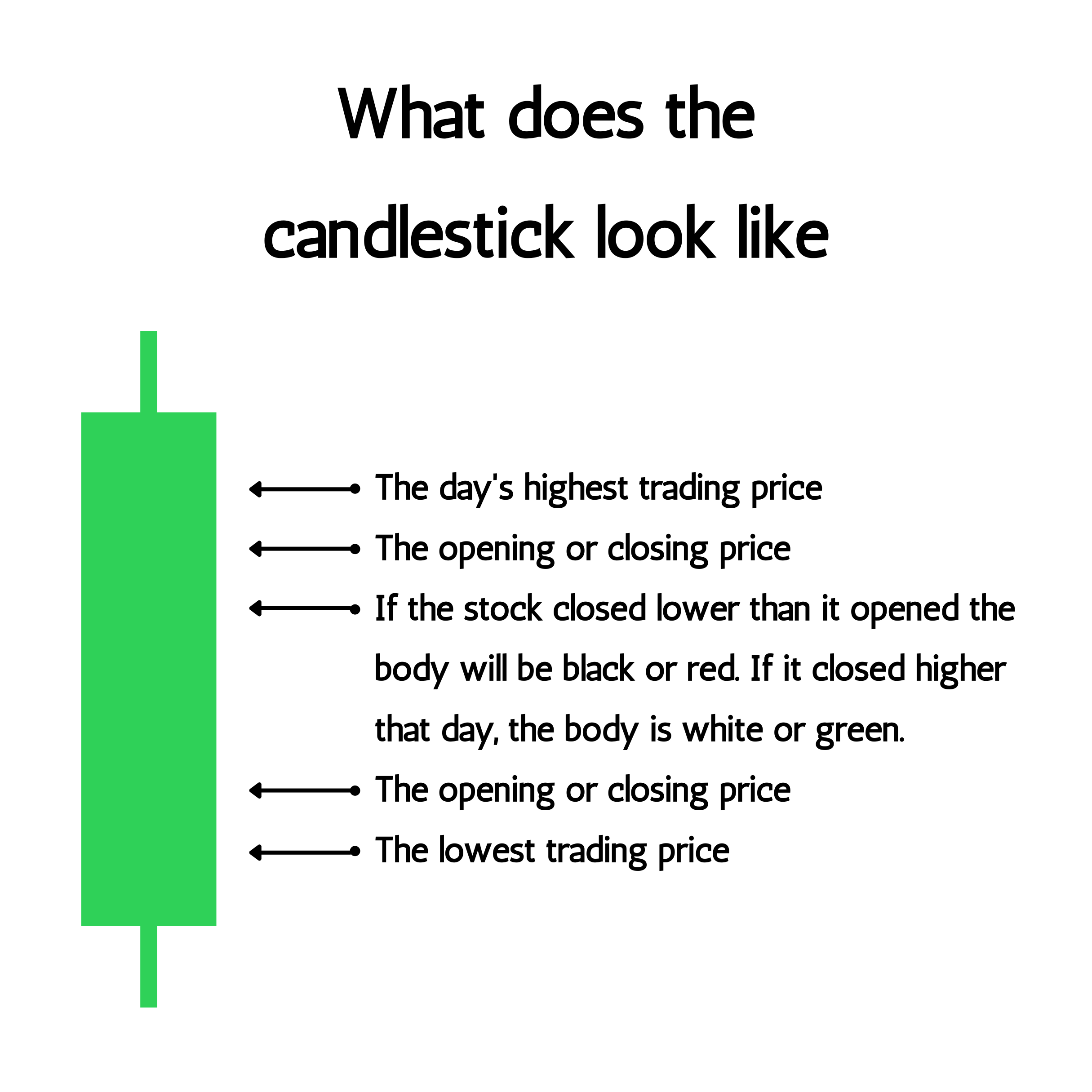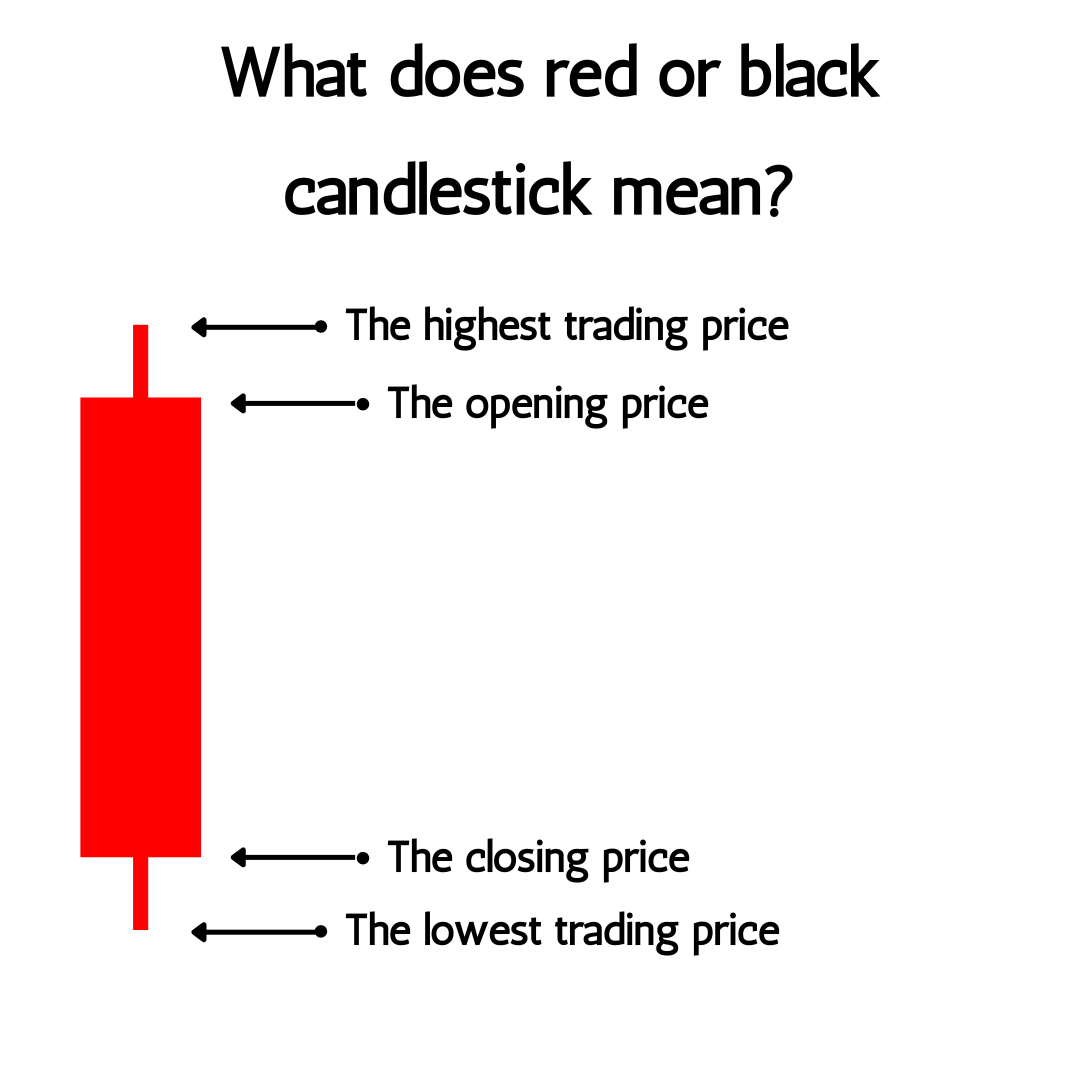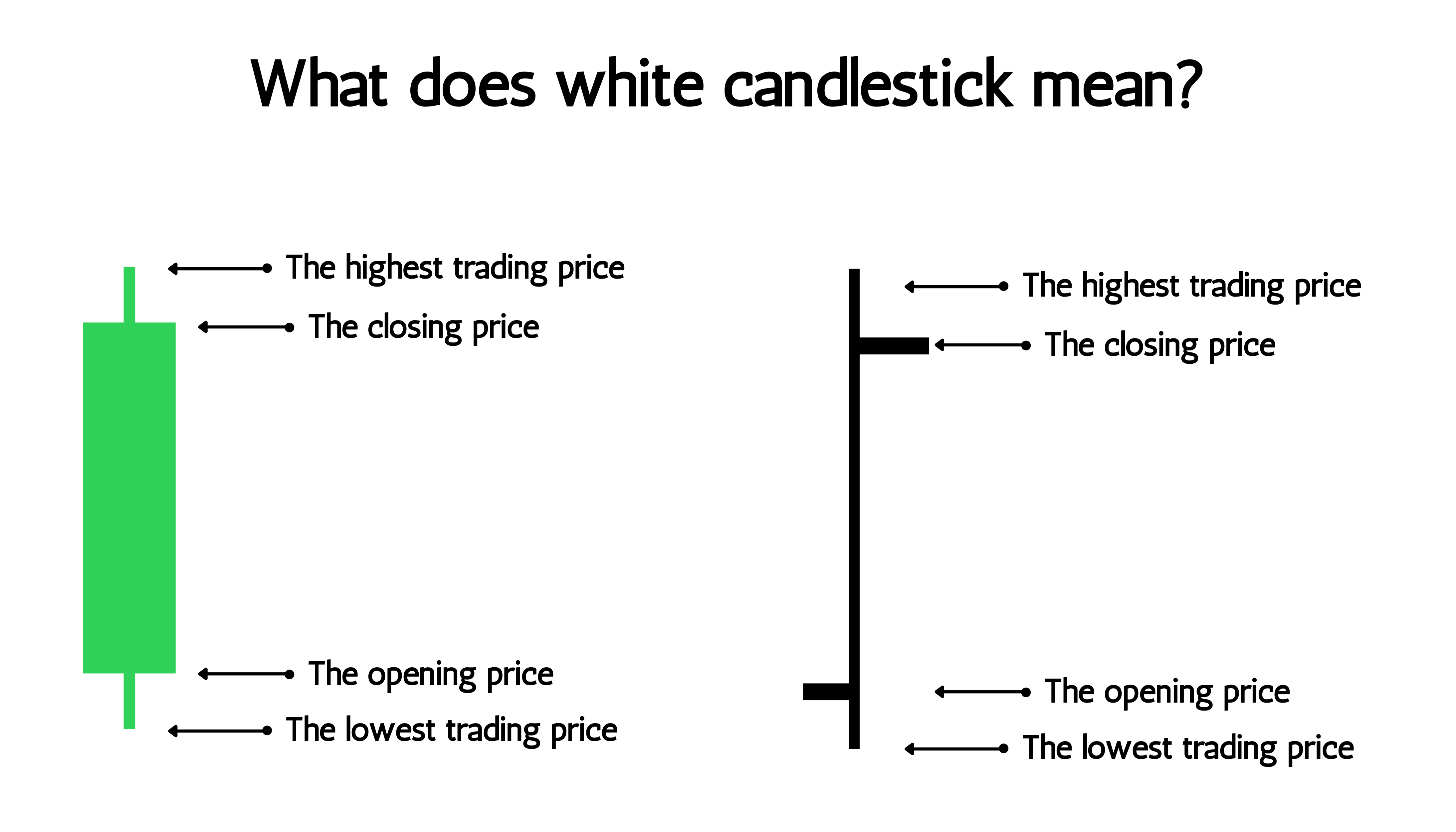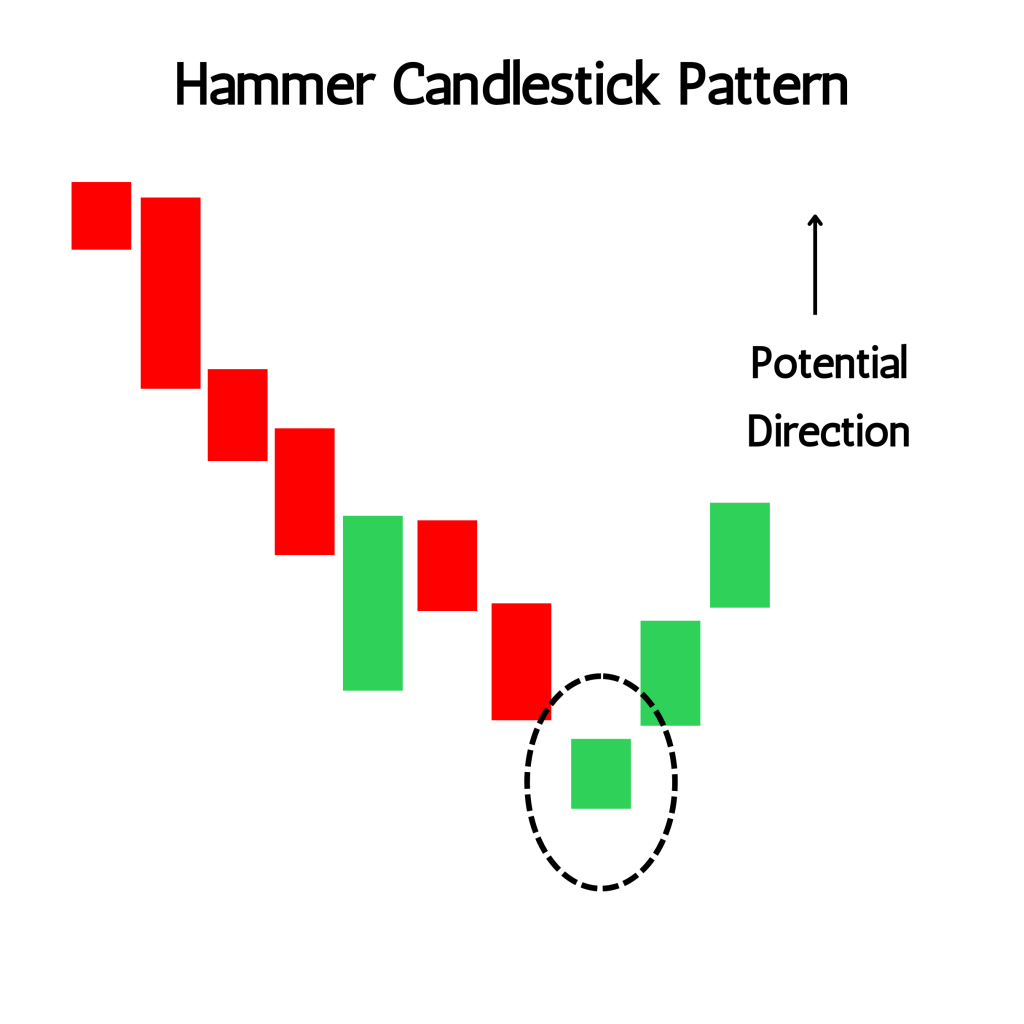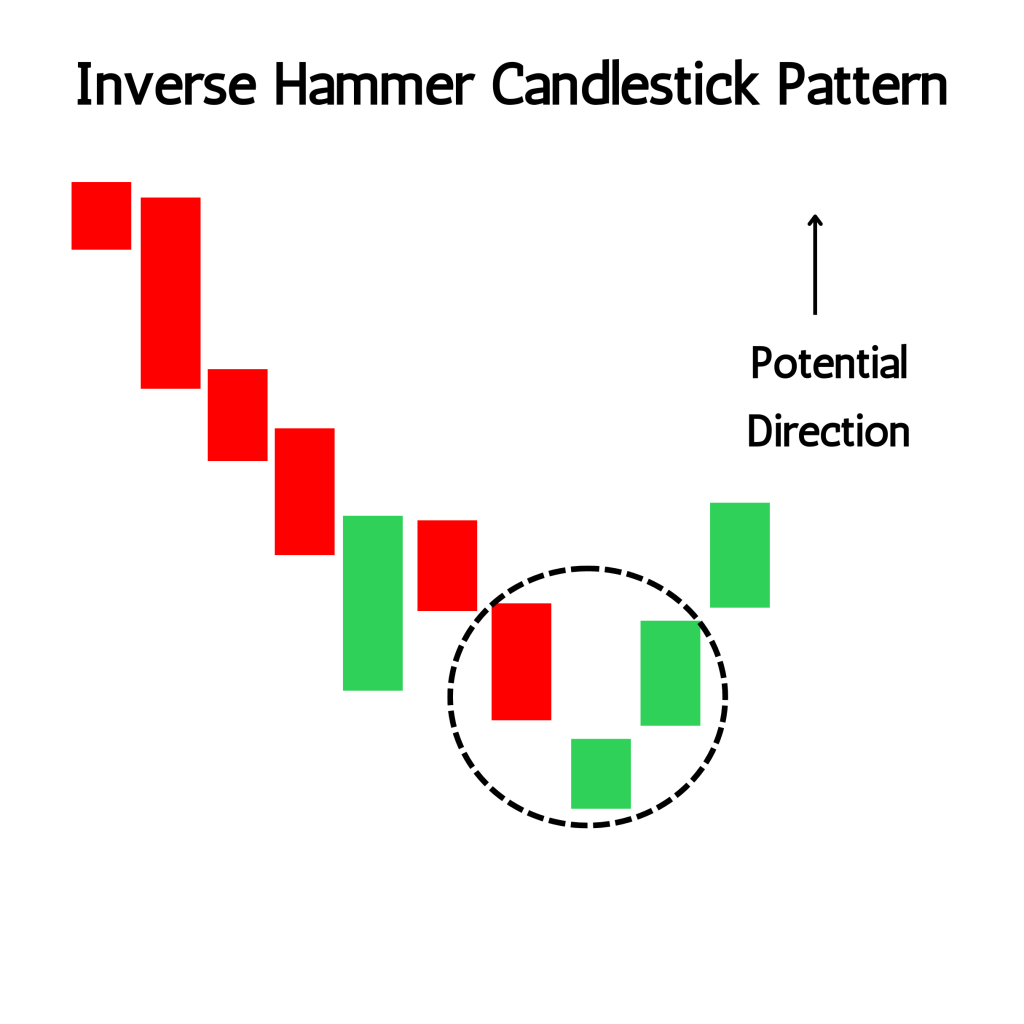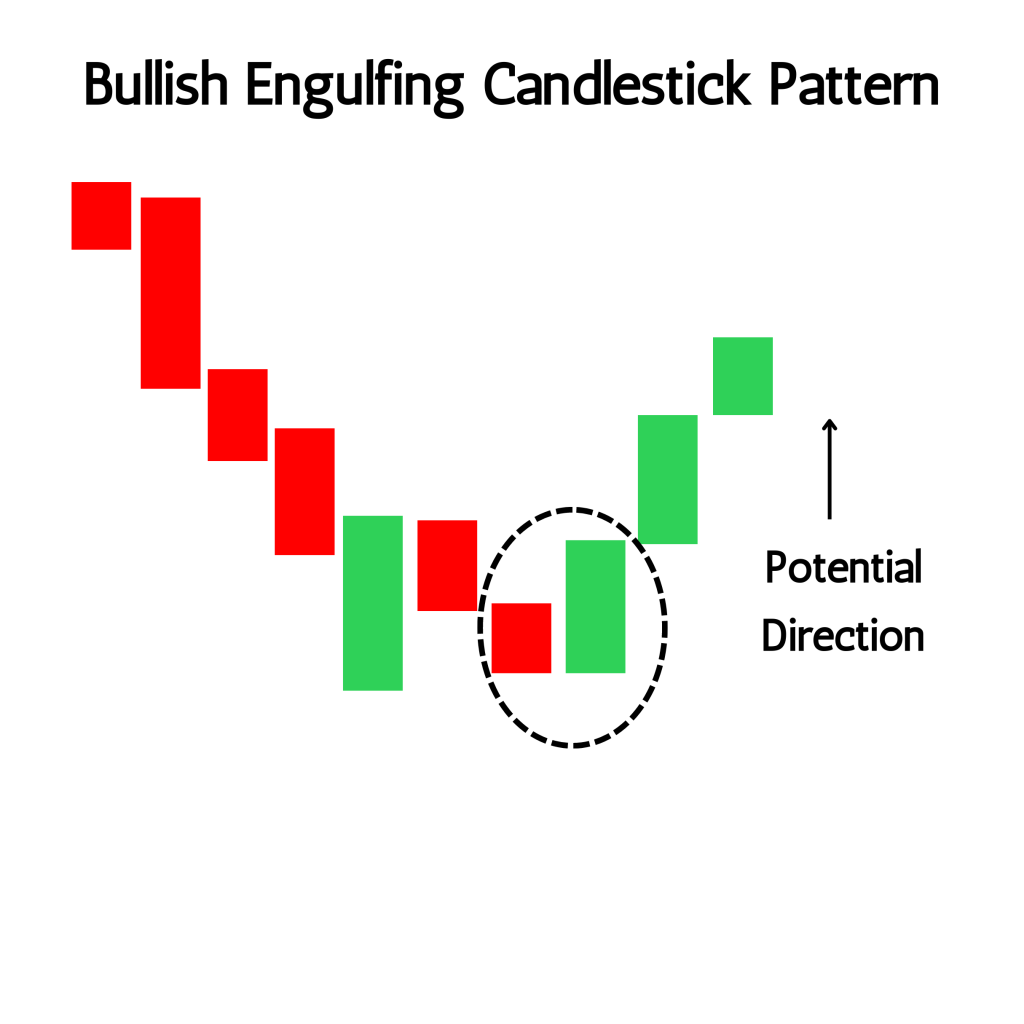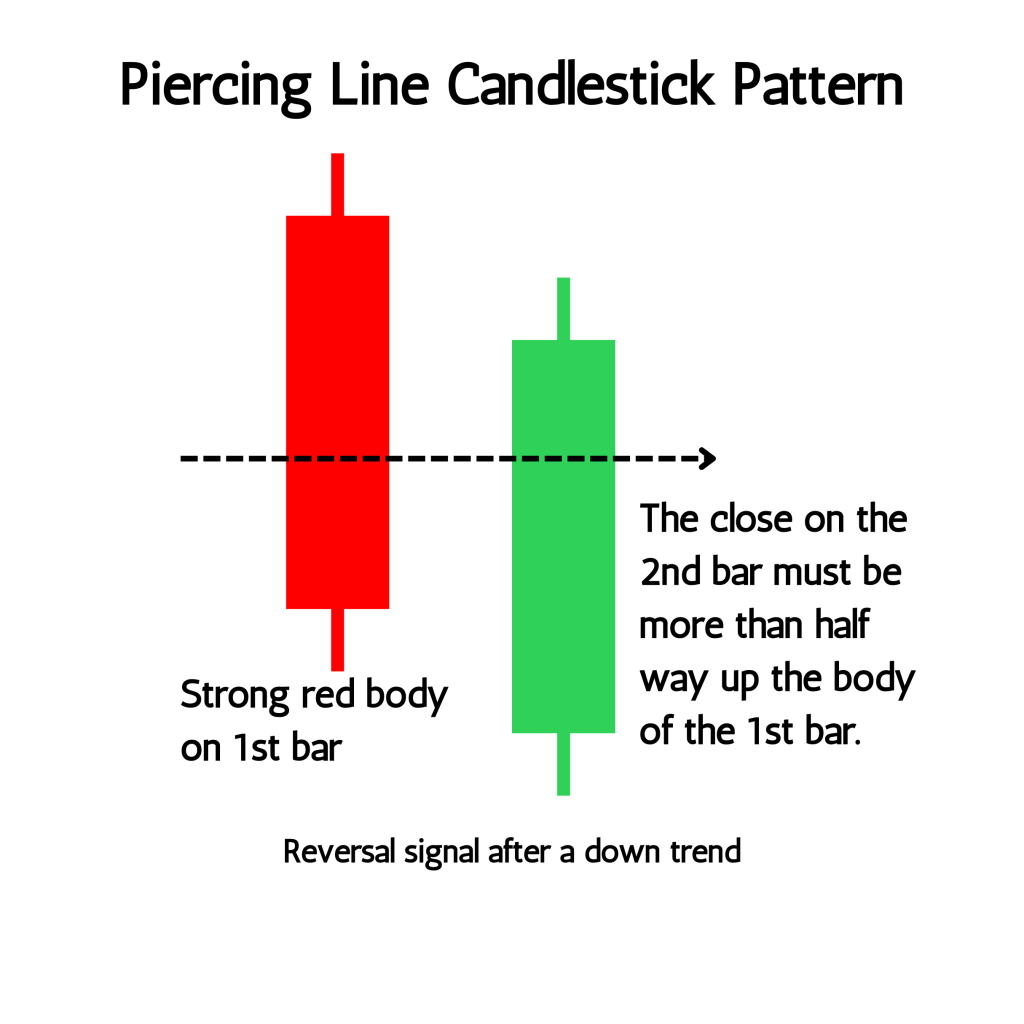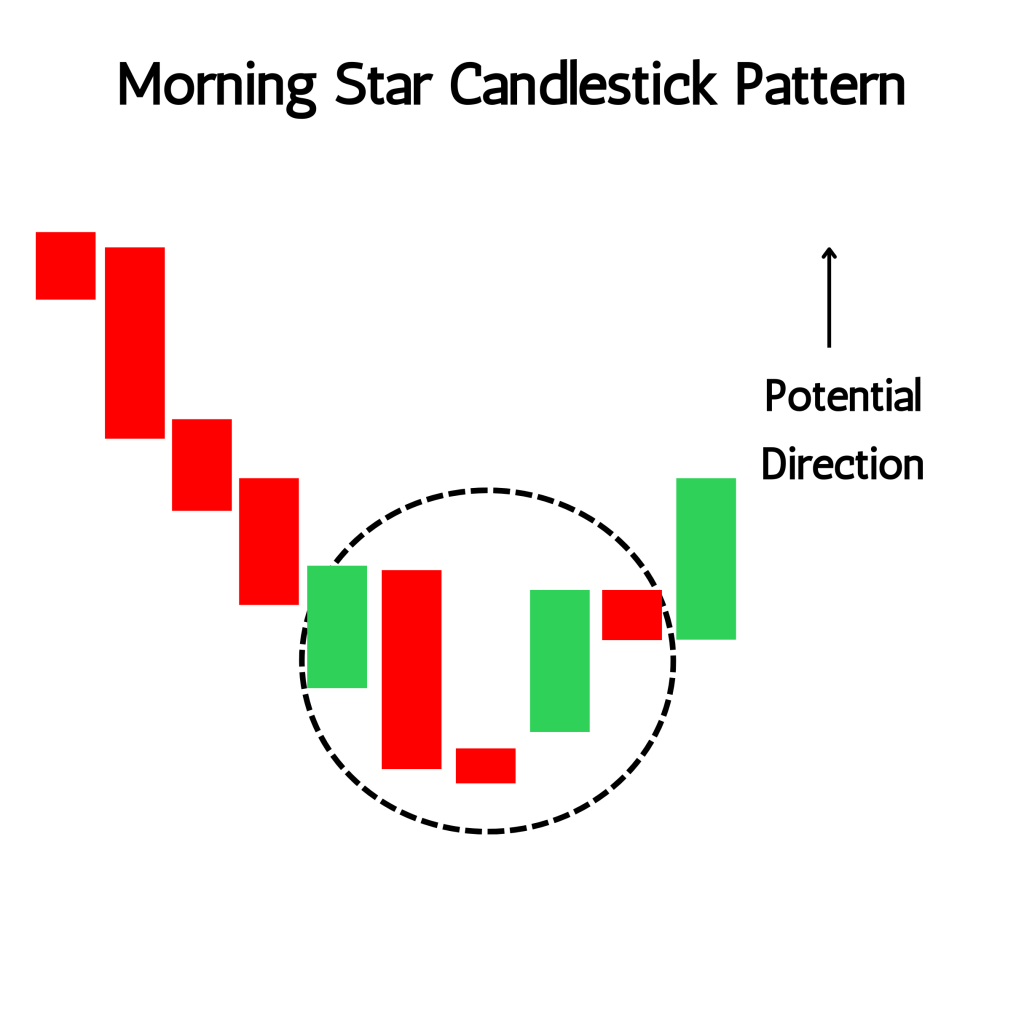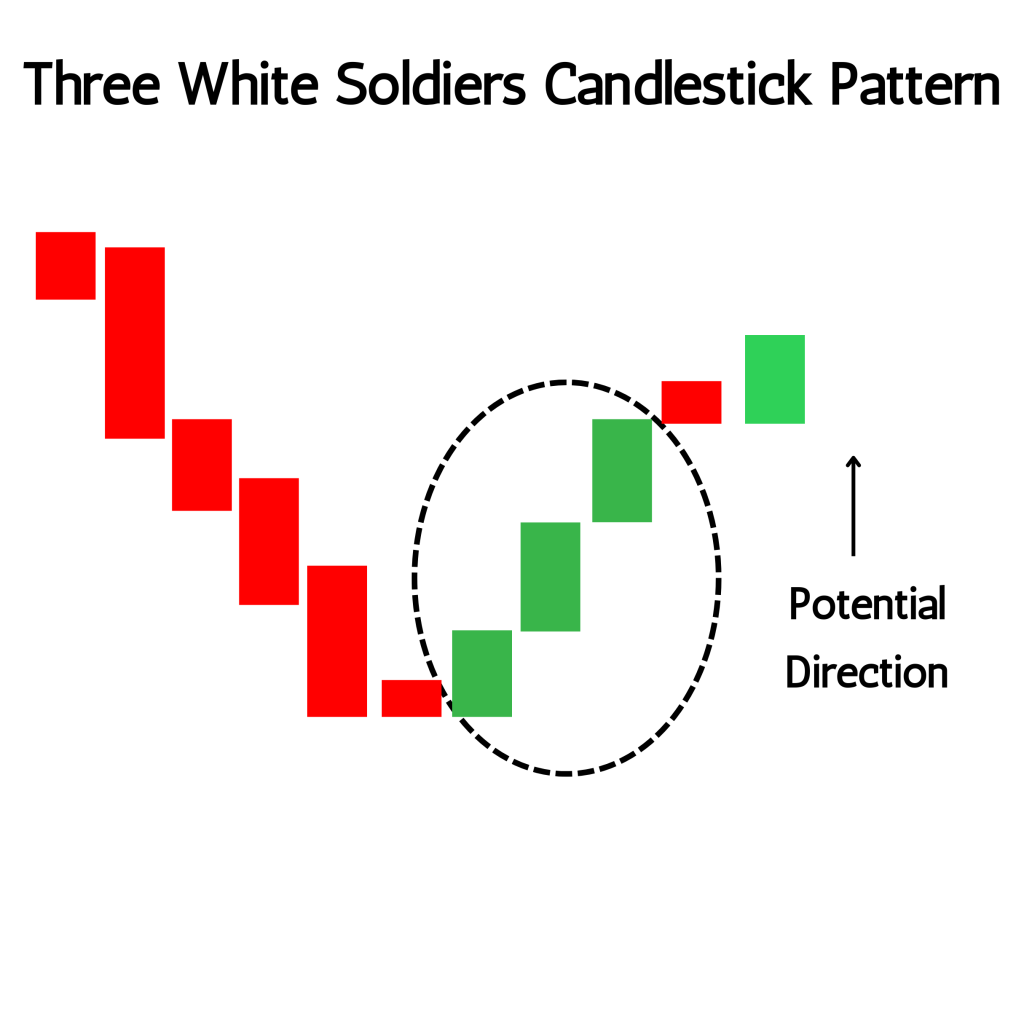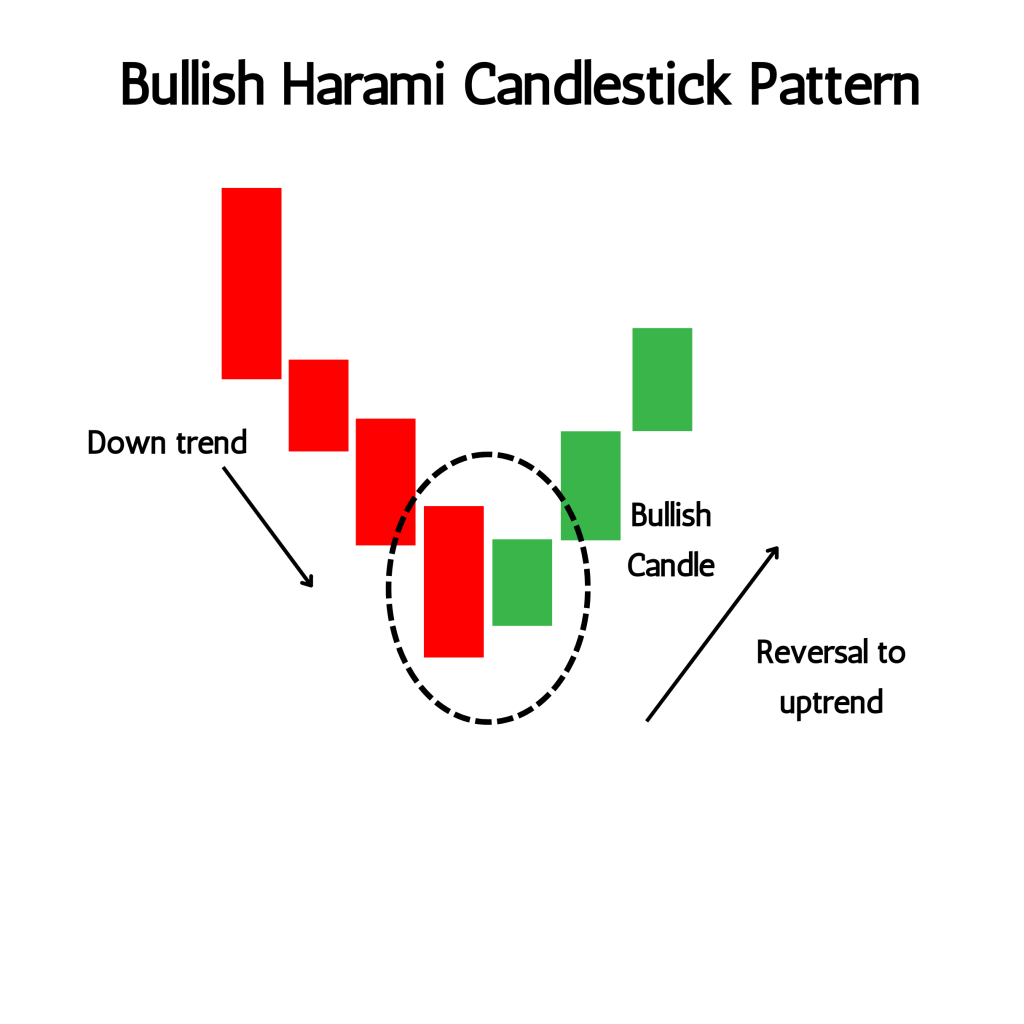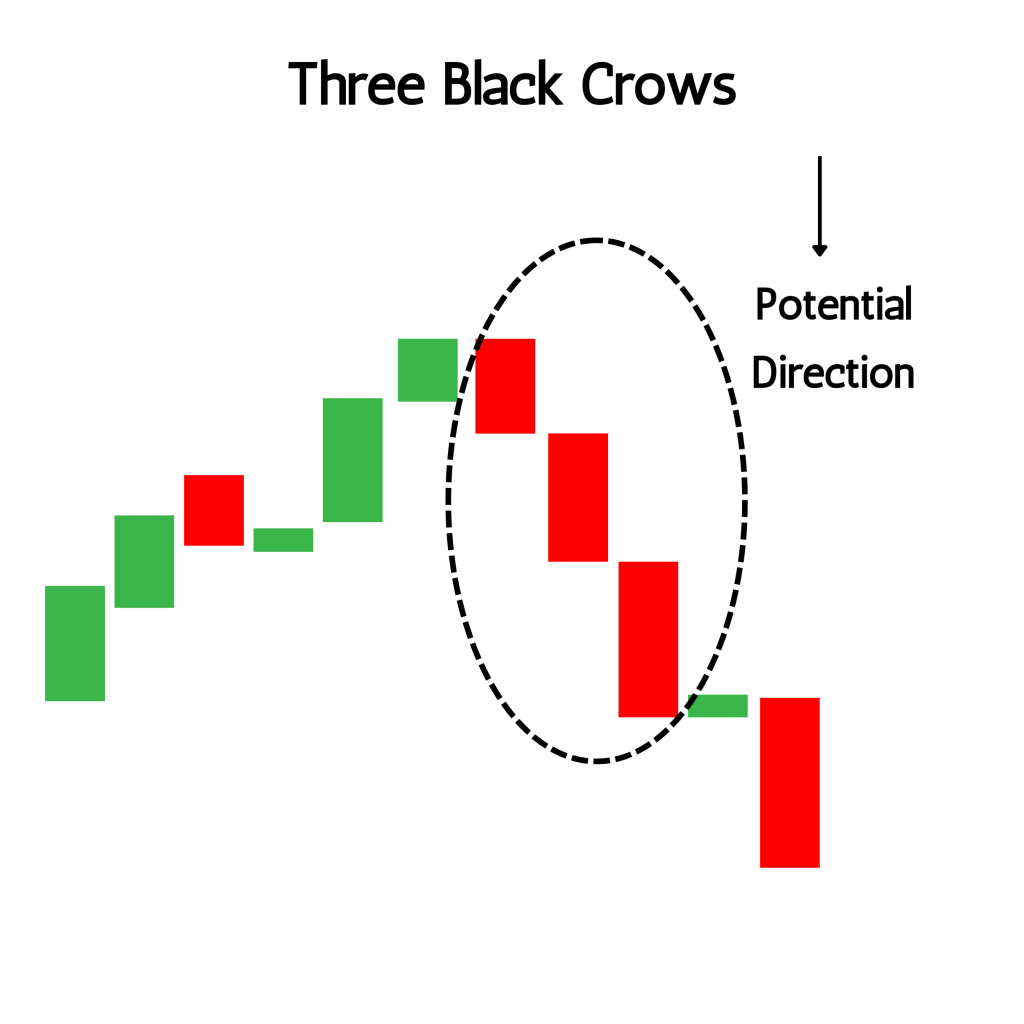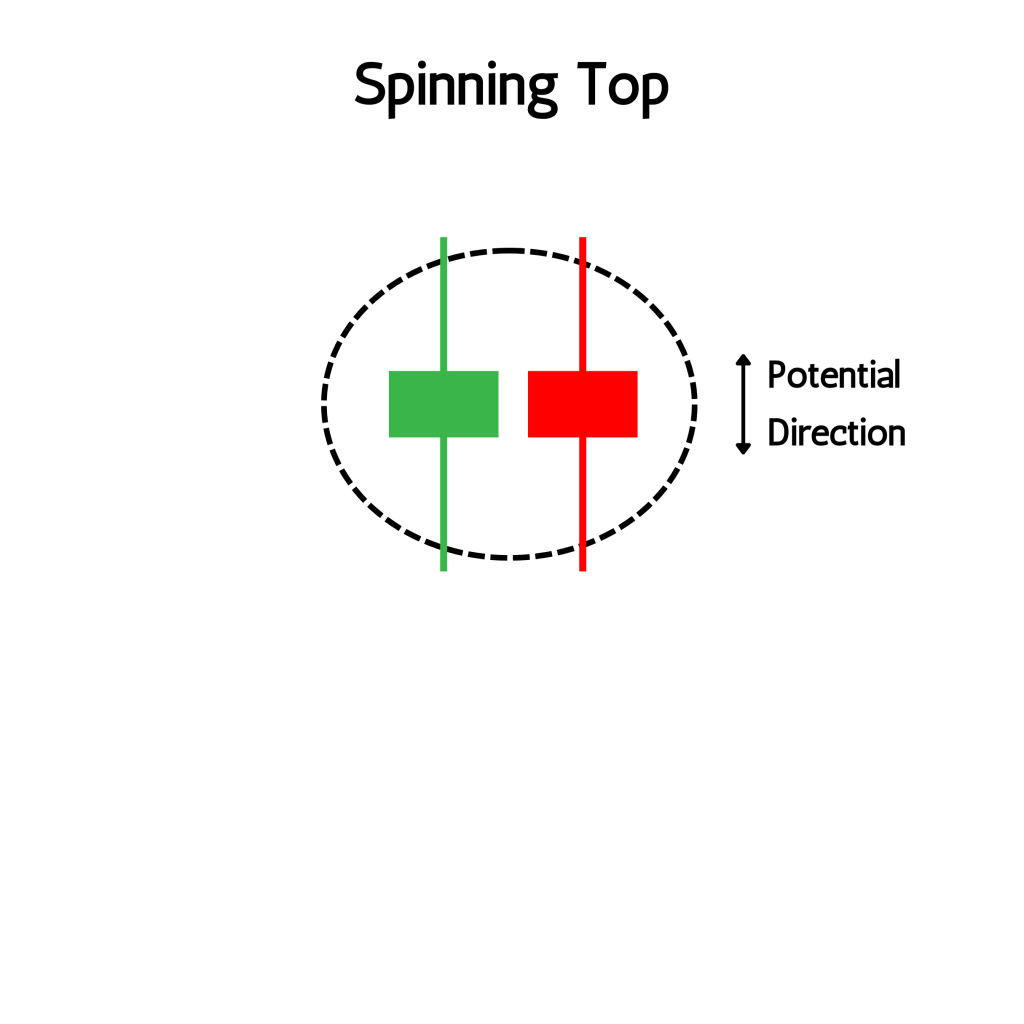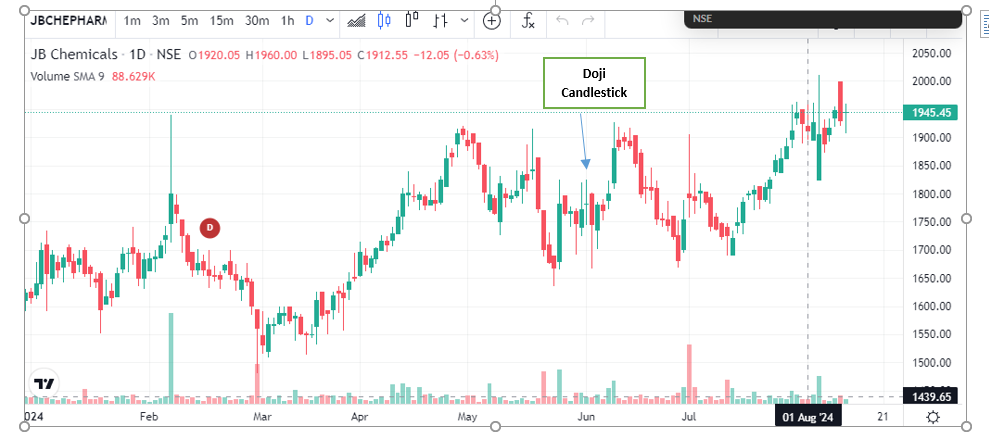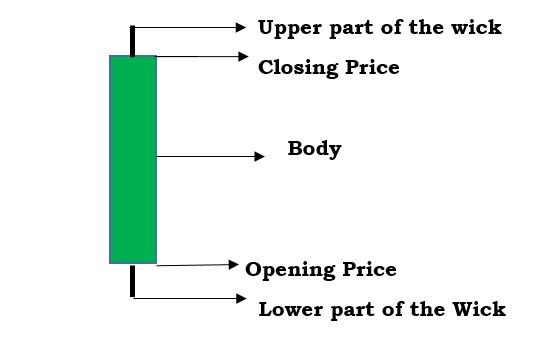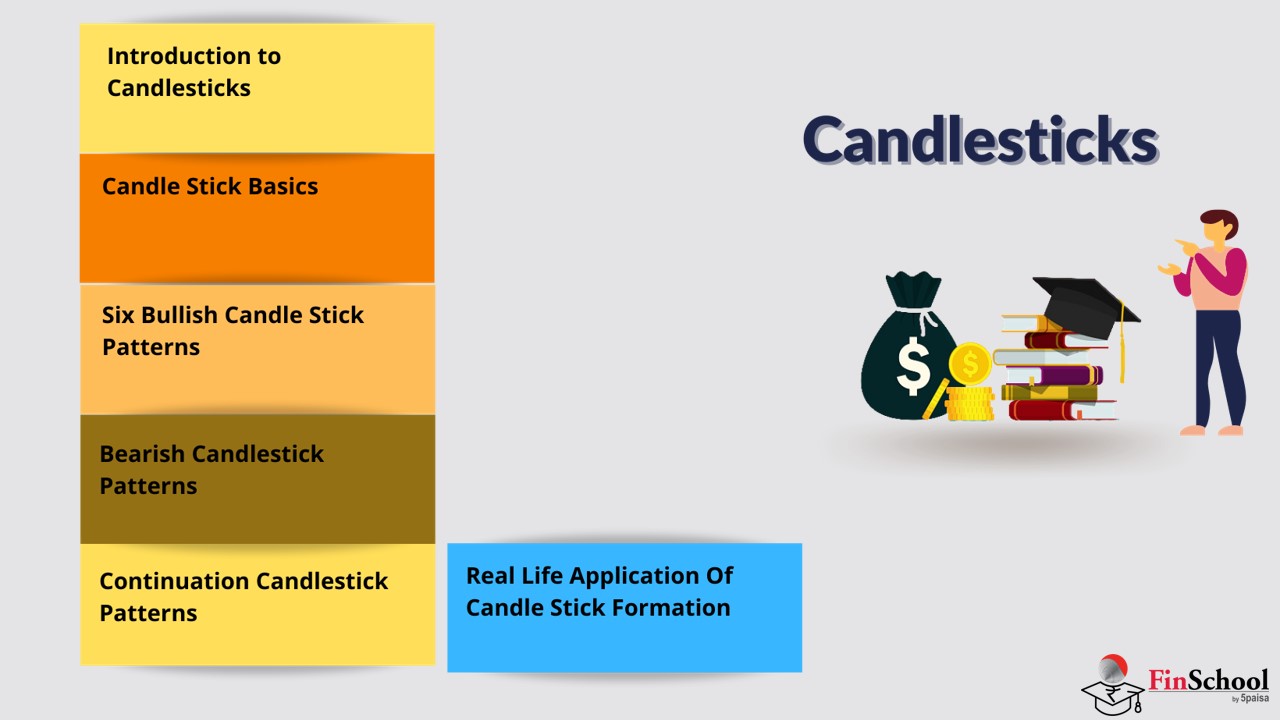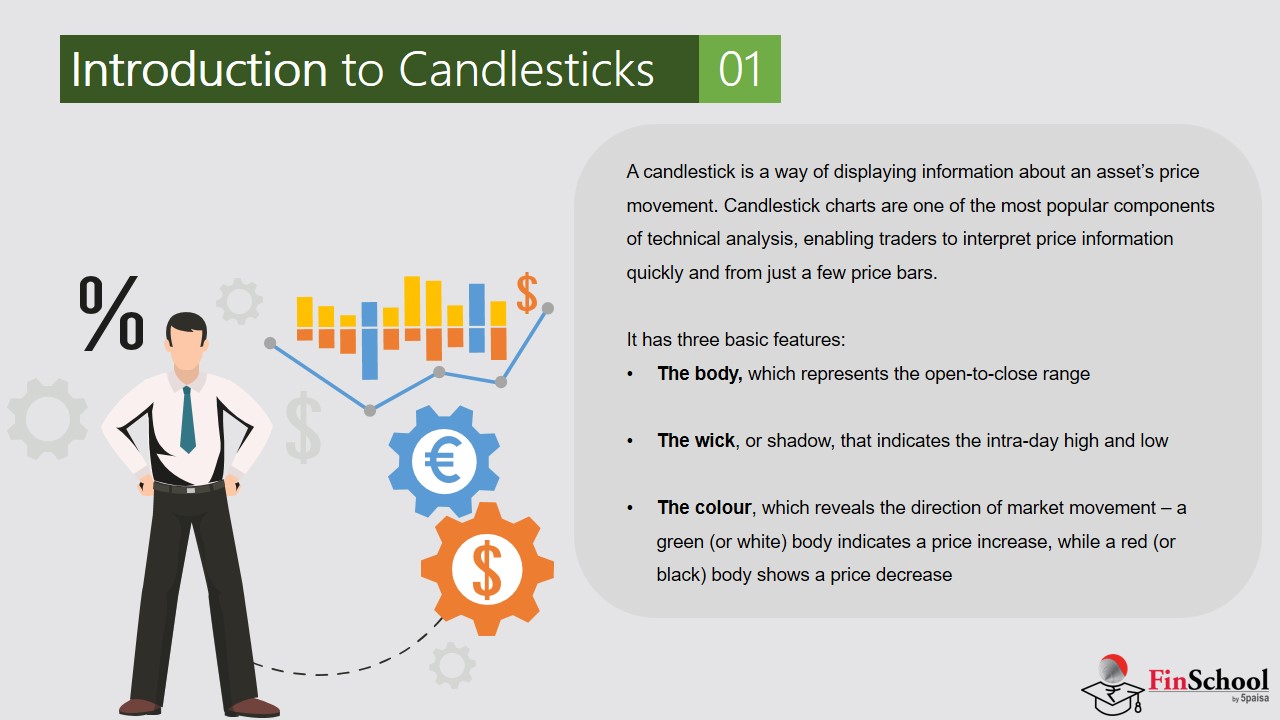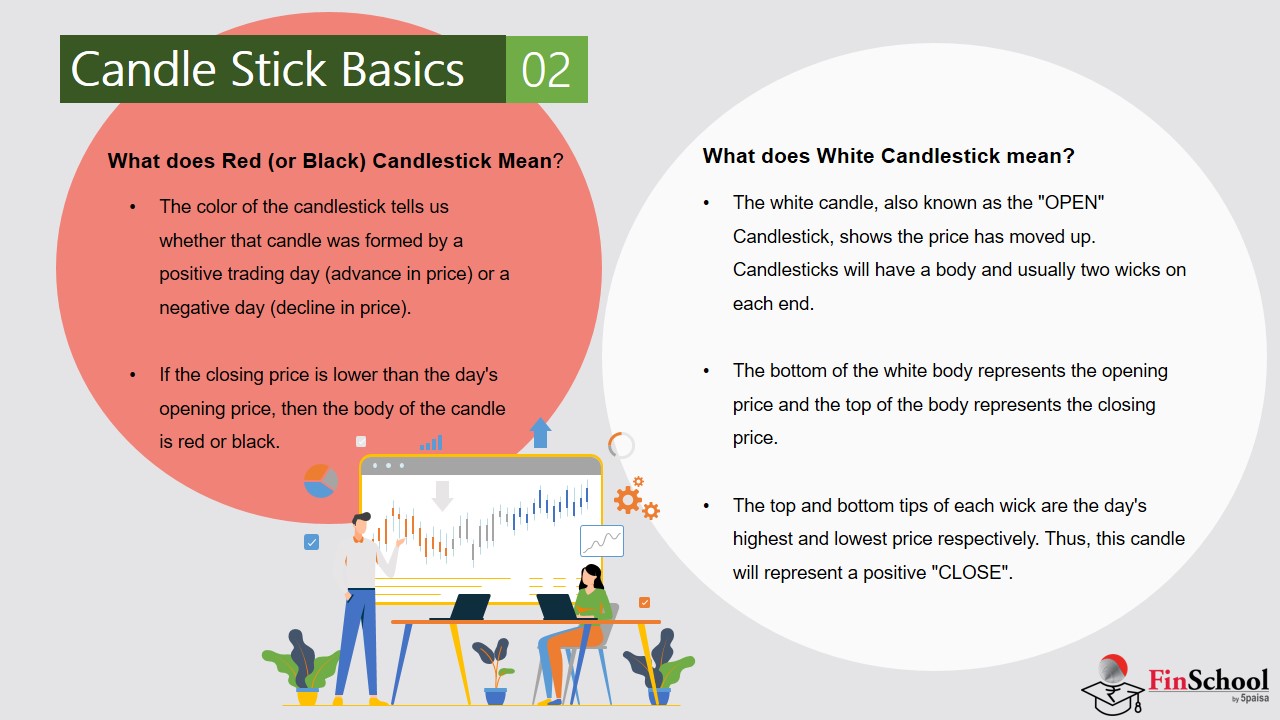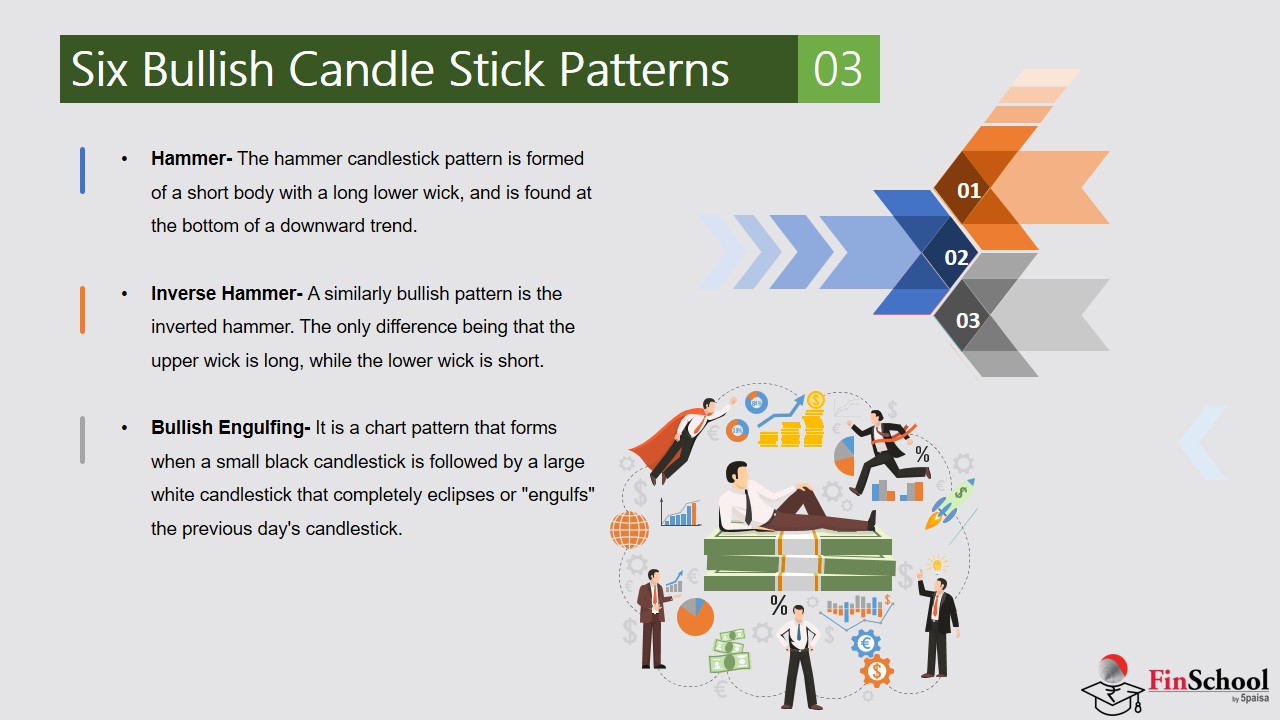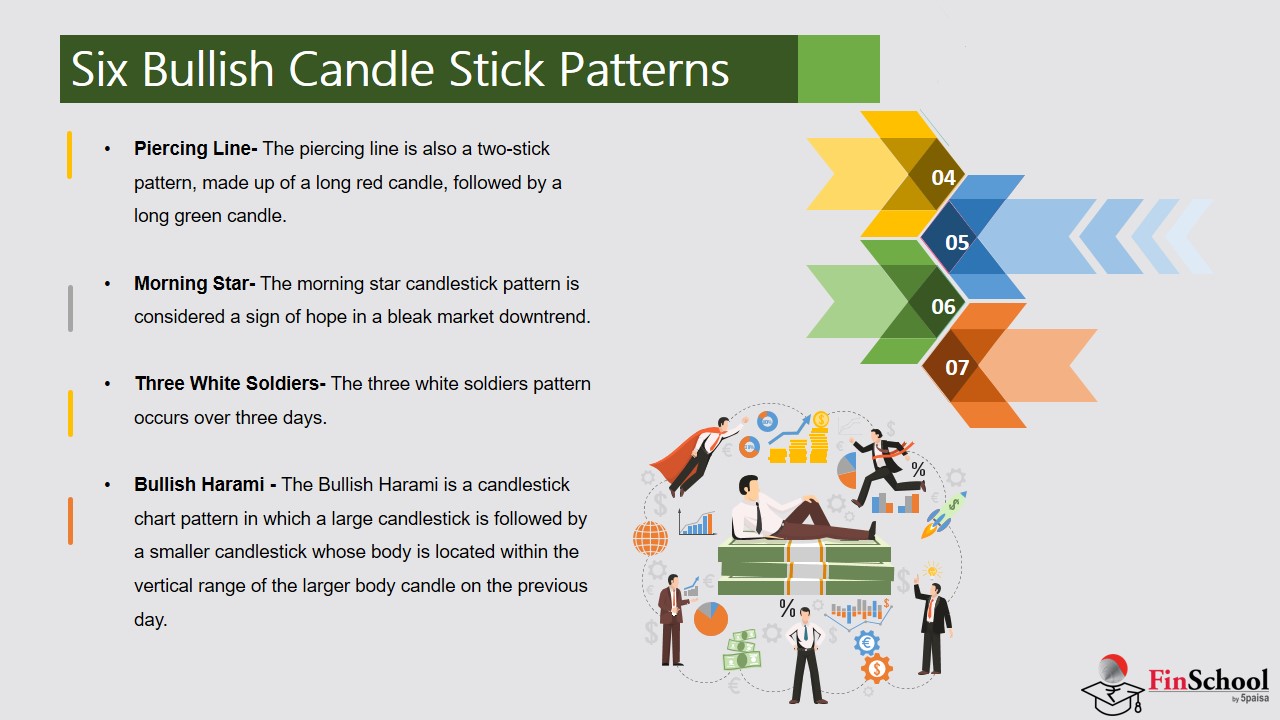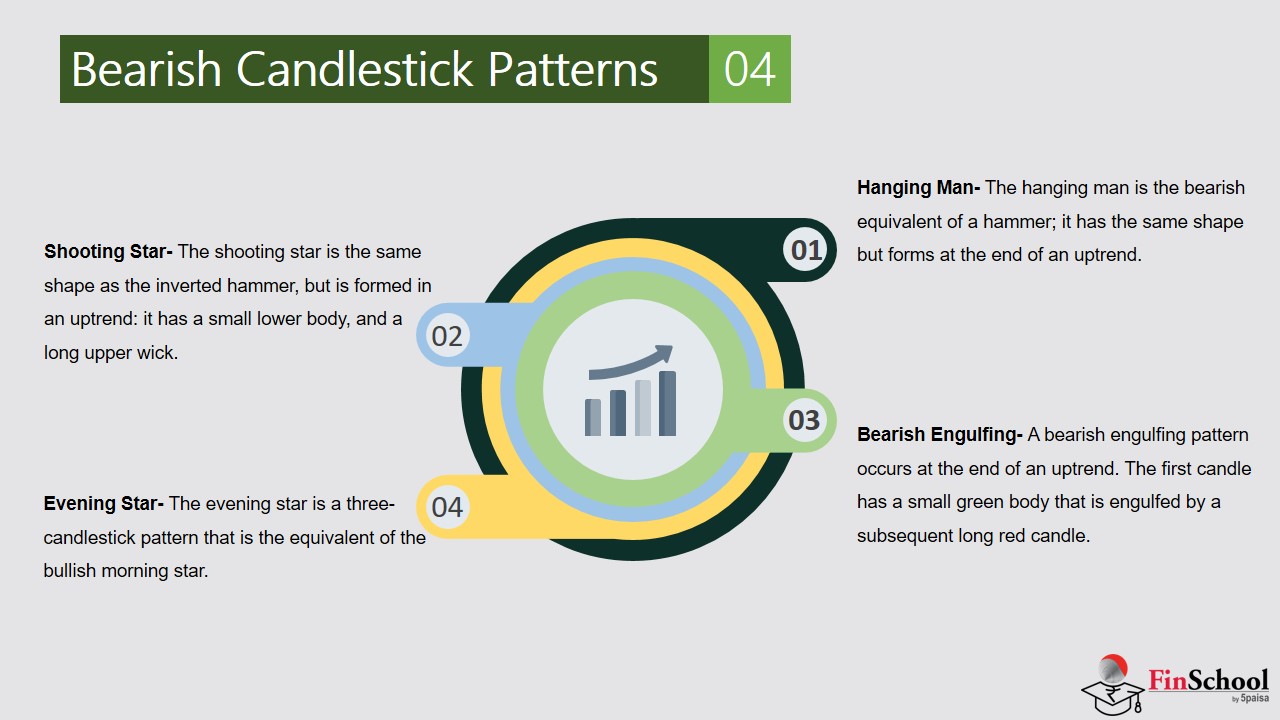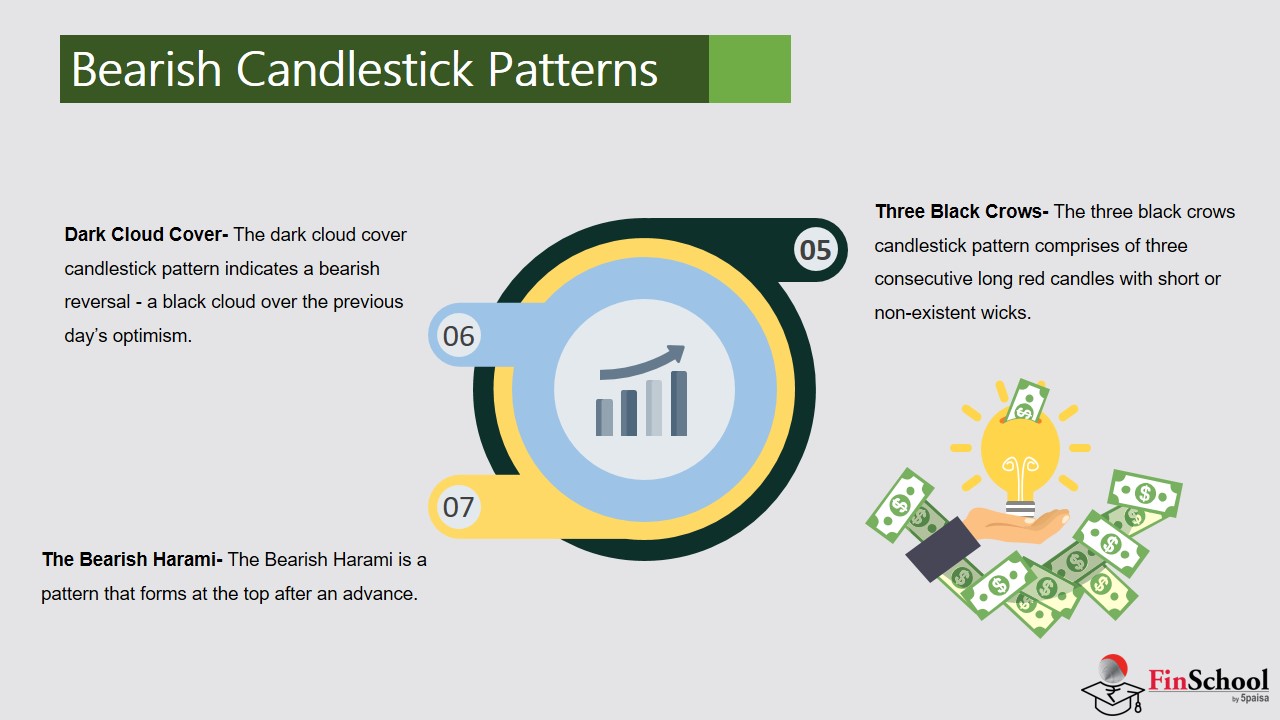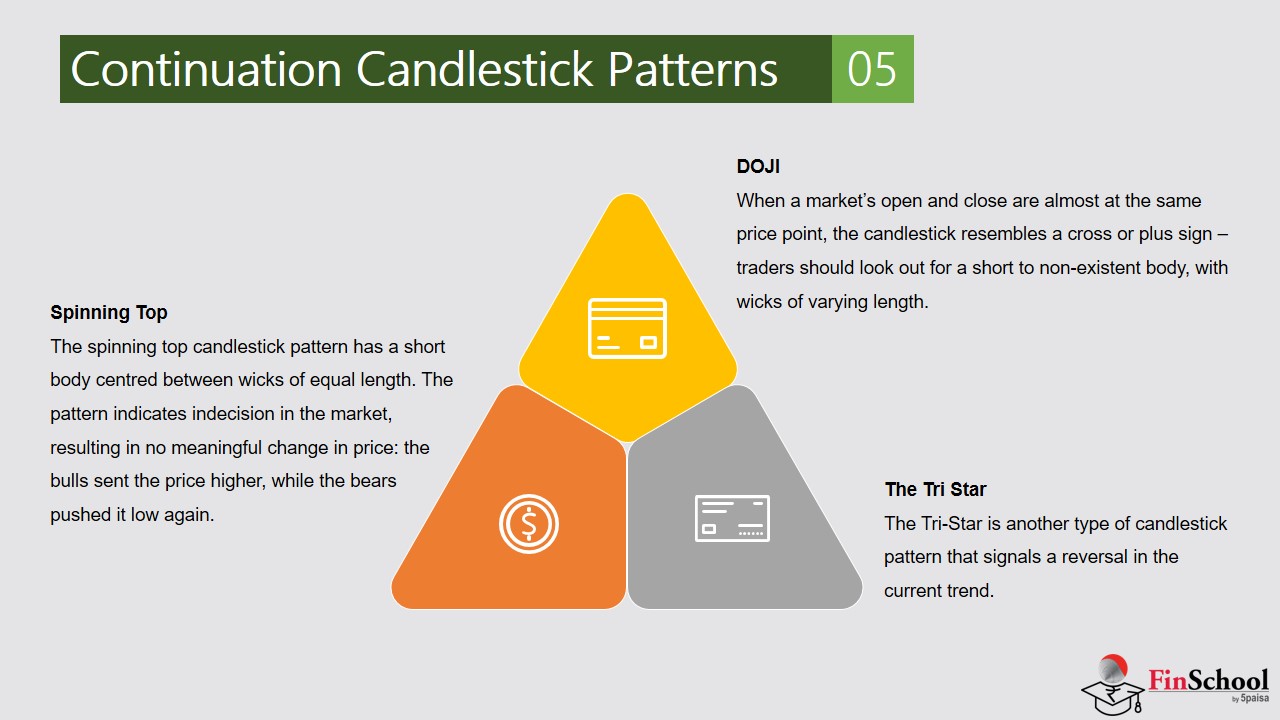- Introduction To Technical Analysis
- Charts
- Line & Bar Charts
- Candlestick Patterns
- Support, Resistance & Trend
- Trend Lines
- Understanding Chart Patterns & Head & Shoulder In Detail
- Double Top & Bottom Pattern In Stock Market - Explained
- Saucers & Spikes
- Continuing Patterns
- Know What Is Price Gaps & Its Types In Stock Market
- Study
- Slides
- Videos
4.1 Introduction To Candlestick Patterns

Candlestick patterns are tools used in technical analysis to interpret price movements in financial markets. They are derived from Japanese candlestick charts, where each “candlestick” represents price action over a specific period. Candlestick patterns can provide insights into potential future price movements, helping traders make informed decisions. The adoption and adaptation of candlestick patterns in Western markets led to a broader understanding of patterns. Advances in technology have automated pattern recognition and integrated candlestick patterns with other technical analysis tools. The field of candlestick patterns continues to evolve, with new patterns and techniques emerging as market conditions and trading practices change.
Basic Components of a Candlestick
Body: The filled or hollow part, representing the difference between the opening and closing prices.
-
- If the close is higher than the open, the candle is typically green or white (bullish).
- If the close is lower than the open, the candle is typically red or black (bearish).
Wicks (or Shadows): The thin lines above and below the body, indicating the high and low prices during the period.
-
- Upper Wick: The highest price.
- Lower Wick: The lowest price.
4.2 Candlestick Pattern Basics

What Does The Candlestick Look Like?
Body:
The thicker part of the candlestick, representing the range between the opening and closing prices.
- Bullish Candle (Green or White): The close is higher than the open, so the body is typically coloured green or white.
- Bearish Candle (Red or Black): The close is lower than the open, so the body is typically coloured red or black.
Wicks (Shadows):
Thin lines above and below the body, representing the highest and lowest prices during the time period.
- Upper Wick: The line extending from the top of the body to the high of the period.
- Lower Wick: The line extending from the bottom of the body to the low of the period.
What does Red (or Black) Candlestick Mean?
A red or black candlestick in a candlestick chart typically represents a bearish period in the market, meaning that the price of the asset decreased during the time frame that the candlestick represents. Here’s what it means in more detail:
Body: The filled (coloured) part of the candlestick indicates that the closing price was lower than the opening price for that period.
- Top of the Body: The opening price.
- Bottom of the Body: The closing price.
Wicks (Shadows):
- Upper Wick: Represents the highest price during the period.
- Lower Wick: Represents the lowest price during the period.
A red or black candlestick suggests that sellers were in control during the period, pushing the price down. If the candlestick has a long body, it indicates a significant decline in price, showing strong selling pressure. If the candlestick has long wicks and a small body, it indicates volatility, where prices fluctuated significantly, but ultimately closed lower than they opened.
What does White Candlestick mean?
A white candlestick in a candlestick chart typically represents a bullish period, meaning that the price of the asset increased during the time frame that the candlestick represents. Here’s a detailed explanation:
Body: The hollow (unfilled or white) part of the candlestick indicates that the closing price was higher than the opening price for that period.
- Bottom of the Body: The opening price.
- Top of the Body: The closing price.
Wicks (Shadows):
- Upper Wick: Represents the highest price during the period.
- Lower Wick: Represents the lowest price during the period.
A white candlestick suggests that buyers were in control during the period, pushing the price up. If the candlestick has a long body, it indicates a significant increase in price, showing strong buying pressure. If the candlestick has long wicks and a small body, it indicates volatility, where prices fluctuated significantly, but ultimately closed higher than they opened.
4.3 Top 7 Bullish Candlestick Patterns
1. Hammer Candlestick Pattern: –
A single candlestick pattern with a small body at the top of the candle and a long lower wick, usually appearing after a downtrend. This pattern indicates that sellers drove prices lower during the session, but buyers stepped in and pushed prices back up, suggesting a potential bullish reversal. The Hammer candlestick pattern typically appears at the bottom of a downtrend or near a support level. Its presence in such locations makes it a potential reversal signal.
Single Candle:
- Body: The body of the candle is small and located near the top of the trading range. The colour of the body can be either bullish (green/white) or bearish (red/black), though a bullish close is considered more positive.
- Lower Shadow: The lower shadow (wick) is at least twice the length of the body, indicating that the price was pushed down significantly during the trading session but recovered to close near the opening price.
- Upper Shadow: The upper shadow is either very small or non-existent.
Example
Imagine Amit’s stock is in downtrend, and on a particular day, it opens at a certain price, falls significantly lower during the session, but then recovers to close near the opening price, forming a small-bodied candle with a long lower shadow. This forms a Hammer pattern, indicating that buyers are starting to gain control and that a reversal to an uptrend might be on the horizon. Traders might consider entering a long position once the price moves above the high of the Hammer candle.
2. Inverse Hammer Candlestick Pattern: –
Similar to the Hammer but with a small body at the bottom and a long upper wick, usually appearing after a downtrend. This pattern indicates that buyers tried to push prices higher, even though sellers pushed back, suggesting a potential reversal to the upside if followed by a bullish candle. The Inverted Hammer pattern typically appears at the bottom of a downtrend or near a support level, making it a potential signal of a bullish reversal.
Single Candle:
- Body: The body of the candle is small and positioned near the lower end of the trading range. The body can be either bullish (green/white) or bearish (red/black), though a bullish body is often seen as more favourable.
- Upper Shadow: The upper shadow (wick) is long, at least twice the length of the body, indicating that the price was pushed significantly higher during the trading session but then retreated to close near the opening price.
- Lower Shadow: The lower shadow is either very small or non-existent.
Example
Amit stock is in downtrend and on a particular day, it opens at a certain price, rises significantly higher during the session, but then falls back down to close near the opening price. This forms an Inverted Hammer, indicating that while sellers were able to push the price back down, the initial buying pressure suggests that a reversal might be on the horizon. If the next candle is bullish and closes above the high of the Inverted Hammer, traders might consider entering a long position, expecting the stock to move higher.
3. Bullish Engulfing Candlestick Pattern: –
The Bullish Engulfing pattern is a powerful two-candlestick reversal pattern that signals a potential change in trend from bearish (downtrend) to bullish (uptrend). Typically found at the bottom of a downtrend. The pattern is most effective when it appears after a sustained downtrend, indicating a possible reversal. The second candle’s body must be larger than the first candle’s body to fully engulf it. The wicks (shadows) are not considered in this engulfing pattern, just the real body (the distance between the open and close).
Here’s a detailed breakdown:
Characteristics of the Bullish Engulfing Pattern
- Two Candlesticks:
- First Candle: This is a bearish (red or black) candle, indicating that the price closed lower than it opened. It usually appears as part of an ongoing downtrend.
- Second Candle: This is a bullish (green or white) candle that opens lower than the previous candle’s close but closes higher than the previous candle’s open, completely engulfing the first candle’s body.
Example
Imagine a stock has been in a downtrend, and on a particular day, it opens lower than it closed the previous day. However, during the day, buying pressure increases significantly, and the stock closes much higher than it opened, forming a large bullish candle that engulfs the previous day’s bearish candle. This scenario forms a Bullish Engulfing pattern and suggests that the stock might be reversing to an uptrend.
4. Piercing Line Candlestick Pattern: –
A two-candle pattern where a bearish candlestick is followed by a bullish candlestick that opens lower but closes more than halfway up the body of the previous candle. This pattern suggests a shift in momentum from sellers to buyers, indicating a potential reversal to the upside. The Piercing Line pattern typically appears after a prolonged downtrend or near a support level. Its appearance at these locations increases its significance as a potential reversal signal. The second candle opens lower than the first candle’s low, creating a gap down. This gap emphasizes the market’s initial bearish sentiment, which is then overcome by strong buying pressure.
Two Candlesticks:
- First Candle: A long bearish (red or black) candle, indicating strong selling pressure and the continuation of a downtrend.
- Second Candle: A long bullish (green or white) candle that opens below the low of the first candle (forming a gap down) and closes above the midpoint of the first candle’s body.
Example
Here also Amit’s stock is in a downtrend, and on the first day of the pattern, it forms a long bearish candle, continuing the downward movement. On the next day, the stock opens lower, creating a gap down, but during the trading session, buyers step in and push the price higher, resulting in a long bullish candle that closes above the midpoint of the previous day’s bearish candle. This formation creates a Piercing Line pattern, suggesting that a reversal to an uptrend might be imminent.
5. Morning Star Candlestick Pattern: –
A three-candle pattern consisting of a large bearish candle, a small indecisive candle (Doji or spinning top), and a large bullish candle. This pattern suggests that selling pressure is decreasing, and buyers are taking control, indicating a potential bullish reversal. The Morning Star pattern typically forms after a prolonged downtrend, signaling the potential for a reversal. There is often a gap between the first and second candles, and between the second and third candles. These gaps emphasize the significance of the shift in momentum.
Three Candlesticks:
- First Candle: A long bearish (red or black) candle that indicates a continuation of the downtrend. It shows strong selling pressure.
- Second Candle: A small-bodied candle (can be either bullish or bearish) that gaps down from the first candle. This candle represents indecision in the market and is often a Doji (where the open and close are almost the same) or a small spinning top.
- Third Candle: A long bullish (green or white) candle that opens above the second candle’s body and closes well into the body of the first candle. This candle indicates that buyers have taken control, pushing prices higher.
Example
Amit who is a trader trades in a stock which is in a downtrend, and on the first day of the pattern, it forms a long bearish candle. On the next day, the stock opens lower and forms a small-bodied candle, showing that the downward momentum is weakening. On the third day, the stock opens higher and closes with a strong bullish candle that closes well into the body of the first candle. This formation creates a Morning Star pattern, indicating a potential reversal to an uptrend. Traders might then look to enter a long position, anticipating further upward movement.
6. Three White Soldiers Candlestick Pattern: –
A pattern consisting of three consecutive bullish candlesticks with long bodies, each opening within or near the previous candle’s body and closing at or near its high. This pattern indicates strong and sustained buying pressure, signaling a continuation of an uptrend. The bodies of the three candles should be of a similar size, indicating consistent buying pressure. Smaller candles or candles with significant shadows might weaken the pattern’s strength. The Three White Soldiers pattern typically appears after a sustained downtrend or a period of consolidation, signaling a strong reversal to the upside.
Three Consecutive Candlesticks:
- First Candle: A long bullish (green or white) candle that closes near its high, with little or no upper shadow. This candle usually marks the initial point of the reversal from the downtrend.
- Second Candle: Another long bullish candle that opens within the body of the first candle and closes higher. It should also have a small or non-existent upper shadow.
- Third Candle: A third long bullish candle that opens within the body of the second candle and closes even higher, ideally near its high, with little to no upper shadow.
Example
Amit observes that his stock is in downtrend, and over three consecutive days, it forms three strong bullish candles. Each day, the stock opens within the previous day’s body and closes near the high of the day, forming three long bullish candles in a row. This pattern creates the Three White Soldiers, signaling that a strong uptrend may be beginning. Traders might then look to enter a long position, anticipating further upward movement.
7. Bullish Harami Candlestick Pattern: –
A two-candle pattern where a small bullish candlestick is completely contained within the body of the previous large bearish candlestick. This pattern suggests that selling pressure is subsiding, and a reversal to the upside may be on the horizon. The Bullish Harami pattern typically appears after a prolonged downtrend or near a support level, signaling a potential reversal.
Two Candlesticks:
- First Candle: A long bearish (red or black) candle that continues the downtrend. It represents strong selling pressure.
- Second Candle: A smaller bullish candle that is contained within the body of the first candle. This means the second candle’s open and close are within the range of the first candle’s body. The second candle often represents indecision or a pause in the current trend.
Example
Amit’s stock is in downtrend and on a particular day, it forms a long bearish candle. The next day, the stock opens higher and closes higher as well, forming a small bullish candle within the body of the previous day’s bearish candle. This creates a Bullish Harami pattern, indicating that the downtrend might be losing momentum. If the price breaks above the high of the second candle and is followed by a bullish move, traders might consider entering a long position, expecting the trend to reverse to the upside.
4.4 Bearish Candlestick Patterns
Bearish candlestick patterns are used in technical analysis to identify potential reversals or continuations of downward trends. Here are some of the most important bearish candlestick patterns:
1. Hanging Man: –
Hanging man is similar to the Hammer but appears after an uptrend. This pattern has a small body at the top with a long lower wick. This pattern indicates that sellers attempted to push prices lower during the session, but buyers managed to push the price back up, though the pattern suggests a potential bearish reversal if followed by a bearish candle. The Hanging Man pattern appears after a sustained uptrend or near a resistance level. Its presence at these locations makes it a potential bearish reversal signal.
Characteristics
- Small Real Body: The real body (the area between the opening and closing prices) is small. It indicates that the opening and closing prices are close to each other.
- Long Lower Shadow: The lower shadow (the line extending below the real body) is at least twice the length of the real body. This indicates that the price fell significantly during the period but then recovered somewhat by the close.
- Little to No Upper Shadow: There is little to no upper shadow, meaning the price did not rise much above the opening price.
- Location: The pattern appears at the top of an uptrend, signaling that the upward momentum may be losing strength.
- Confirmation: The Hanging Man is generally more reliable if confirmed by a subsequent bearish candlestick (one that closes lower than it opened).
Example
Imagine Amit’s stock has been in a strong uptrend, and on a particular day, it forms a small-bodied candle with a long lower shadow and little to no upper shadow. This forms a Hanging Man pattern, indicating that while the stock closed near the opening price, the significant selling pressure during the session suggests that the uptrend might be losing momentum. If the next candle is bearish and closes below the low of the Hanging Man, traders might consider entering a short position, expecting further downward movement.
2. Shooting Star: –
A single candlestick pattern with a small body at the bottom and a long upper wick, usually appearing after an uptrend. This pattern indicates that buyers drove prices higher during the session, but sellers stepped in and pushed prices back down, suggesting a potential bearish reversal. The Shooting Star pattern typically appears after a sustained uptrend or near a resistance level, making it a potential signal of a bearish reversal.
Single Candle:
- Body: The body of the candle is small and located near the lower end of the trading range. The colour of the body can be either bullish (green/white) or bearish (red/black), but a bearish close is considered more significant.
- Upper Shadow: The upper shadow (wick) is long, typically at least twice the length of the body. This long upper shadow indicates that the price was pushed significantly higher during the trading session but then retreated to close near the opening price.
- Lower Shadow: The lower shadow is either very small or non-existent.
Example
Imagine Amit’s stock has been in an uptrend, and on a particular day, it opens at a certain price, rises significantly higher during the session, but then falls back down to close near the opening price, forming a small-bodied candle with a long upper shadow. This forms a Shooting Star pattern, indicating that while buyers were initially in control, sellers have taken over, and a reversal might be on the horizon. If the next candle is bearish and closes lower than the Shooting Star’s low, traders might consider entering a short position, expecting the stock to move lower.
3. Bearish Engulfing: –
A small bullish (white or green) candlestick is followed by a larger bearish (red or black) candlestick that completely engulfs the previous candle’s body. This pattern indicates that sellers have taken control, signaling a potential reversal from an uptrend to a downtrend. The Bearish Engulfing pattern typically appears after a prolonged uptrend or near a resistance level. Its appearance in these locations suggests that the uptrend may be losing momentum and that a reversal could be imminent.
Two Candlesticks:
- First Candle: A smaller bullish (green or white) candle that continues the uptrend. This candle reflects the current buying pressure in the market.
- Second Candle: A larger bearish (red or black) candle that opens higher than the close of the first candle but closes lower than the open of the first candle. The second candle’s body completely engulfs the body of the first candle, signaling a strong shift in sentiment from bullish to bearish.
Example
Here let’s imagine Amit’s stock has been in uptrend, and on a particular day, it forms a small bullish candle, continuing the upward movement. The next day, the stock opens higher but then experiences strong selling pressure, leading to a large bearish candle that closes below the open of the previous day’s bullish candle. This creates a Bearish Engulfing pattern, indicating that the uptrend may be reversing. Traders might consider entering a short position, expecting further downward movement.
4. Evening Star: –
A three-candle pattern consisting of a large bullish candle, a small indecisive candle (Doji or spinning top), and a large bearish candle. This pattern suggests that buying pressure is weakening and sellers are taking control, indicating a potential bearish reversal. The Evening Star pattern typically appears after a sustained uptrend or near a resistance level. Its formation at these locations indicates that the uptrend may be losing momentum and that a reversal to the downside could be imminent.
Three Candlesticks:
- First Candle: A long bullish (green or white) candle that continues the uptrend, reflecting strong buying pressure.
- Second Candle: A small-bodied candle (which can be either bullish or bearish) that gaps up from the first candle. This candle represents indecision or a slowdown in the upward momentum. It can take the form of a Doji (where the open and close are nearly the same) or a small spinning top.
- Third Candle: A long bearish (red or black) candle that opens below the second candle’s body and closes well into the body of the first candle, indicating that sellers have taken control.
Example
Imagine Amit’s stock has been in an uptrend, and on the first day of the pattern, it forms a long bullish candle, continuing the upward movement. On the next day, the stock opens higher, forming a small-bodied candle that shows indecision in the market. On the third day, the stock opens lower and closes with a strong bearish candle that closes well into the body of the first bullish candle. This formation creates an Evening Star pattern, signaling that the uptrend may be reversing. Traders might consider entering a short position, expecting the stock to move lower.
5. Three Black Crows-
A pattern consisting of three consecutive bearish candlesticks with long bodies, each opening within or near the previous candle’s body and closing at or near its low. The Three Black Crows pattern indicates strong and sustained selling pressure, signaling a continuation of a downtrend. Each candle should be long and bearish, with each subsequent candle opening within the body of the previous candle and closing lower. The consistent bearishness across all three candles indicates strong selling pressure. Ideally, there are no significant gaps between the candles, as the pattern relies more on the consistent downtrend and the fact that each candle opens within the body of the previous one.
Three Consecutive Candlesticks:
- First Candle: A long bearish (red or black) candle that indicates the start of the reversal. It opens near the previous close and closes well below the open, showing strong selling pressure.
- Second Candle: Another long bearish candle that opens within the body of the first candle and closes lower. It continues the bearish momentum.
- Third Candle: A third long bearish candle that opens within the body of the second candle and closes even lower. This candle extends the bearish trend and confirms the pattern.
Example
Imagine Amit’s stock has been in a strong uptrend, and on three consecutive days, it forms three long bearish candles. Each day, the stock opens within the body of the previous day’s bearish candle and closes lower, showing consistent selling pressure. This creates the Three Black Crows pattern, indicating that the uptrend may be reversing. Traders might consider entering a short position if the price breaks below the low of the third candle, anticipating further downward movement.
6. Dark Cloud Cover : –
A two-candle pattern where a bullish candlestick is followed by a bearish candlestick that opens higher but closes more than halfway down the body of the previous candle. The Dark Cloud Cover Candlestick pattern suggests a shift in momentum from buyers to sellers, indicating a potential reversal to the downside. There is usually a gap between the close of the first candle and the open of the second candle. This gap highlights the initial continuation of the bullish sentiment but also sets the stage for the potential reversal.
Two Candlesticks:
- First Candle: A long bullish (green or white) candle that reflects strong buying pressure and continues the uptrend.
- Second Candle: A long bearish (red or black) candle that opens above the high of the first candle (creating a gap up) but closes below the midpoint of the body of the first candle. The close of the second candle must be below the midpoint of the first candle’s body to confirm the pattern.
Example
Imagine Amit’s stock has been in a strong uptrend, and on one day, it forms a long bullish candle, continuing the upward movement. The next day, the stock opens higher, creating a gap up, but during the trading session, strong selling pressure causes the stock to close well below the midpoint of the previous day’s bullish candle. This forms a Dark Cloud Cover pattern, indicating that the uptrend might be reversing. Traders might consider entering a short position if the price breaks below the low of the second candle, expecting further downward movement.
7. The Bearish Harami: –
A two-candle pattern where a small bearish candlestick is completely contained within the body of the previous large bullish candlestick. This pattern suggests that buying pressure is subsiding, and a reversal to the downside may be on the horizon. The first candle should have a long body, while the second candle should have a smaller body, showing a shift from strong bullish momentum to potential indecision. The Bearish Harami pattern typically appears after a strong uptrend or near a resistance level. Its formation in these locations suggests that the bullish trend might be weakening and a reversal could be imminent.
Two Candlesticks:
- First Candle: A long bullish (green or white) candle that continues the uptrend. This candle reflects strong buying pressure and momentum.
- Second Candle: A smaller bearish (red or black) candle that is completely contained within the body of the first candle. The second candle’s open and close are within the range of the first candle’s body, indicating a potential slowdown in the uptrend.
Example
Imagine Amit’s stock has been in a strong uptrend, forming a long bullish candle on one day. The next day, the stock forms a smaller bearish candle that is completely contained within the body of the previous bullish candle. This creates a Bearish Harami pattern, suggesting that the bullish momentum might be weakening. If the next candle closes lower than the low of the second candle, traders might consider entering a short position, expecting a potential reversal and further downward movement.
4.5 Top 3 Continuation Candlestick Patterns
These patterns are used by traders to spot potential sell signals or to confirm that a trend is likely to continue in the downward direction. However, it’s essential to use these patterns in conjunction with other technical analysis tools to improve accuracy.
1. DOJI
The Doji pattern is a single candlestick pattern that represents indecision in the market. It occurs when the opening and closing prices are nearly identical, resulting in a very small or non-existent body. The lengths of the wicks (shadows) above and below the body can vary, and different types of Doji patterns provide different insights into market sentiment.
Key Characteristics of a Doji:
- Body: The body is very small or non-existent, as the opening and closing prices are nearly the same.
- Wicks (Shadows): The wicks can be of various lengths, indicating the high and low prices during the period.
Types of Doji Patterns:
-
Standard Doji:
The opening and closing prices are almost the same, with upper and lower wicks of equal or varying lengths. Indicates indecision in the market, where neither buyers nor sellers have control. It often suggests a potential reversal, especially after a strong trend, but it requires confirmation from subsequent candlesticks.
-
Long-Legged Doji:
A Doji with long upper and lower wicks, showing significant volatility during the period, but the price closed near the opening level. Reflects extreme indecision, with prices moving significantly in both directions during the session but ultimately settling near the opening price.
-
Gravestone Doji:
A Doji where the opening and closing prices are at or near the low of the period, resulting in a long upper wick and little to no lower wick. Suggests a bearish reversal, especially if it appears after an uptrend. It indicates that buyers pushed prices up, but sellers took control and drove the price back down.
-
Dragonfly Doji:
A Doji where the opening and closing prices are at or near the high of the period, resulting in a long lower wick and little to no upper wick. Suggests a bullish reversal, particularly after a downtrend. It indicates that sellers pushed prices down, but buyers stepped in and brought the price back up.
-
Four-Price Doji:
A rare type of Doji where the open, close, high, and low are all the same, resulting in a very small horizontal line with no wicks. Reflects extreme indecision, with no price movement during the period. It usually occurs in very low-volume or quiet markets.
Trading Implications:
The Doji often signals a potential reversal in the market, particularly after a strong trend. However, confirmation from the next few candlesticks is usually required before taking action. It can also indicate market indecision or a pause in momentum, which could lead to either a reversal or continuation of the current trend, depending on the context.
2. Spinning Top
The Spinning Top is a candlestick pattern that reflects indecision in the market, similar to the Doji pattern, but with a slightly larger body. It signals that there was a struggle between buyers and sellers during the period, resulting in a small price change from open to close. The pattern suggests that the market may be losing momentum, and it often appears before potential reversals or periods of consolidation.
Key Characteristics of a Spinning Top:
- Body: The body of the Spinning Top is relatively small, indicating that there wasn’t much difference between the opening and closing prices.
- Wicks (Shadows): The Spinning Top typically has long upper and lower wicks, showing that the price moved significantly in both directions during the period but closed near the opening price.
- Indecision: The Spinning Top reflects market indecision, where neither buyers nor sellers are able to gain control. This is indicated by the small body and the long wicks.
- Potential Reversal: When a Spinning Top appears after a strong trend it can suggest that the trend is losing strength and a reversal might be on the horizon. However, like the Doji, it requires confirmation from subsequent candlesticks.
- Consolidation: If a Spinning Top appears during a trend, it may indicate a period of consolidation, where the market is pausing before continuing in the same direction.
3. The Tri-Star
The Tri-Star is a rare and powerful candlestick pattern that signals a potential major reversal in the market. It consists of three consecutive Doji candlesticks, which is highly unusual and reflects extreme indecision and exhaustion in the prevailing trend. The Tri-Star can appear in both bullish and bearish forms, depending on the trend leading up to the pattern.
Key Characteristics of the Tri-Star Pattern:
- Three Doji Candles: The pattern consists of three consecutive Doji candlesticks. A Doji is a candle where the opening and closing prices are nearly the same, resulting in a very small body with wicks extending from both ends.
- Trend Context: The Tri-Star pattern can occur in both uptrends and downtrends. Its appearance signals that the current trend may be losing momentum and a reversal is likely.
- Confirmation Needed: Because the Tri-Star is a rare pattern, it’s important to wait for confirmation from the following candlestick before making any trading decisions. A strong bullish candle after a Bullish Tri-Star or a strong bearish candle after a Bearish Tri-Star can confirm the reversal.
- Reversal Signal: The Tri-Star is considered one of the most reliable reversal signals, but its rarity means that traders should be patient and look for additional indicators or patterns to confirm the trade.
4.6 Real Life Application of Candlestick Formation
Let us consider an example of JB Chemicals Candlestick Chart patterns where we can understand how candlestick patterns help in technical analysis.
This is an example of how Candlestick patterns looks like when you actually trade in stock markets. The red and green candles are candlestick patterns. Candles are very useful in doing technical analysis and can be viewed daily, weekly, monthly or yearly. The Green candle indicates that the stock price for the day has gone up. The Red Candle means that the stock price for the day has gone down.
This is a green candle indicates all the trades that have taken place in a day in JB Chemicals across India. This green candle has two parts. First part is the body and the second part is the wick. It indicates that the stock price for the day has gone up. The Wick indicates the high and low during the day. Suppose the stock opened at 5 Rs at 9.30 am and closed at Rs 6 at 3.30 pm in the stock market. Suppose at 2.30 pm the stock price reaches Rs 7 and this was the highest price that the stock hit during the day. This is the upper part of the wick. But somewhere at 11.30am it was trading at Rs 4. So this was the lowest price of the stock during the day. That indicates the lower part of the wick.
In the chart which we have shown above, we can observe Doji candlestick pattern. These are cross like structure which can be red or green. It indicates indecisiveness in the market. For example if it is red Doji, the stock opened at Rs 5 and when the day ended the stock price closed at Rs 5. Therefore the body is very thin. During the day there was buyers also who moved the price upwards and sellers who moved the price downwards. Therefore Doji candle indicates that the stock price hardly moved. When a trader finds Doji’s in the chart it indicates that the stock might move in sideways. Thus by using candlestick patterns one can identify the trend which helps in decision making.
